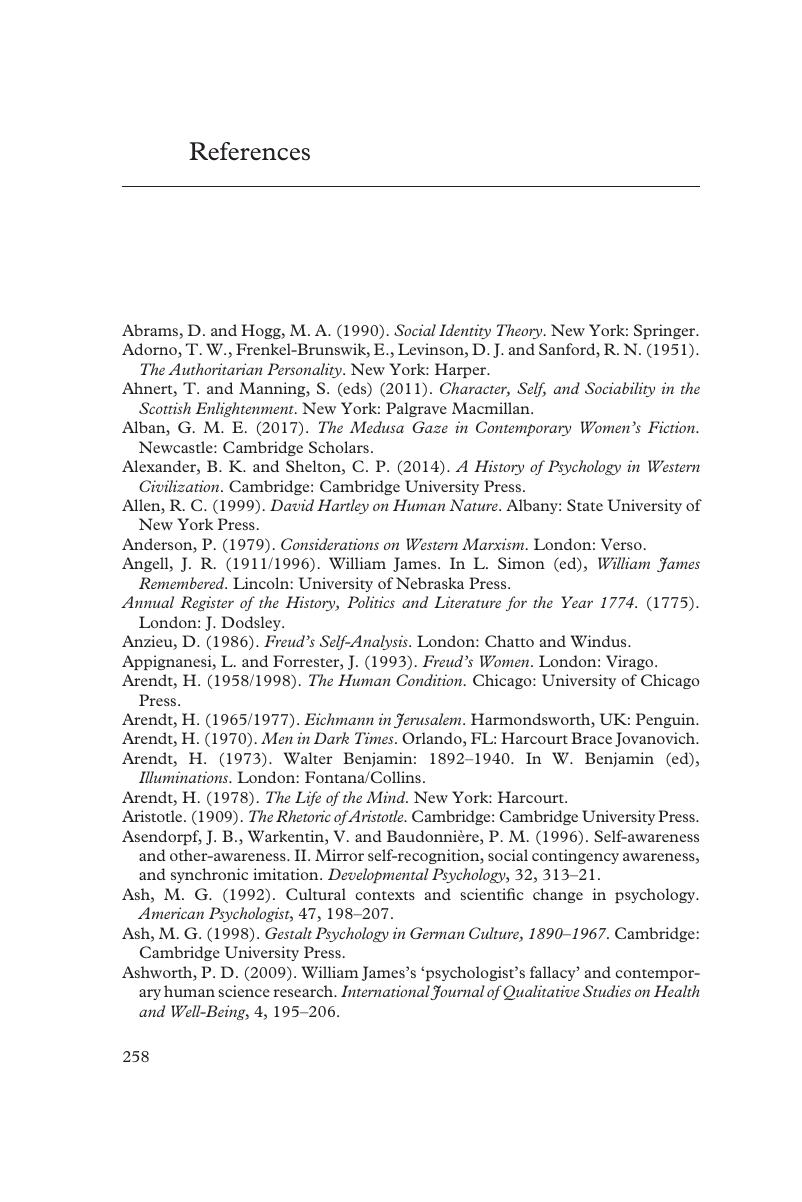References
Published online by Cambridge University Press: 12 September 2019
Summary

- Type
- Chapter
- Information
- More Examples, Less TheoryHistorical Studies of Writing Psychology, pp. 258 - 281Publisher: Cambridge University PressPrint publication year: 2019



